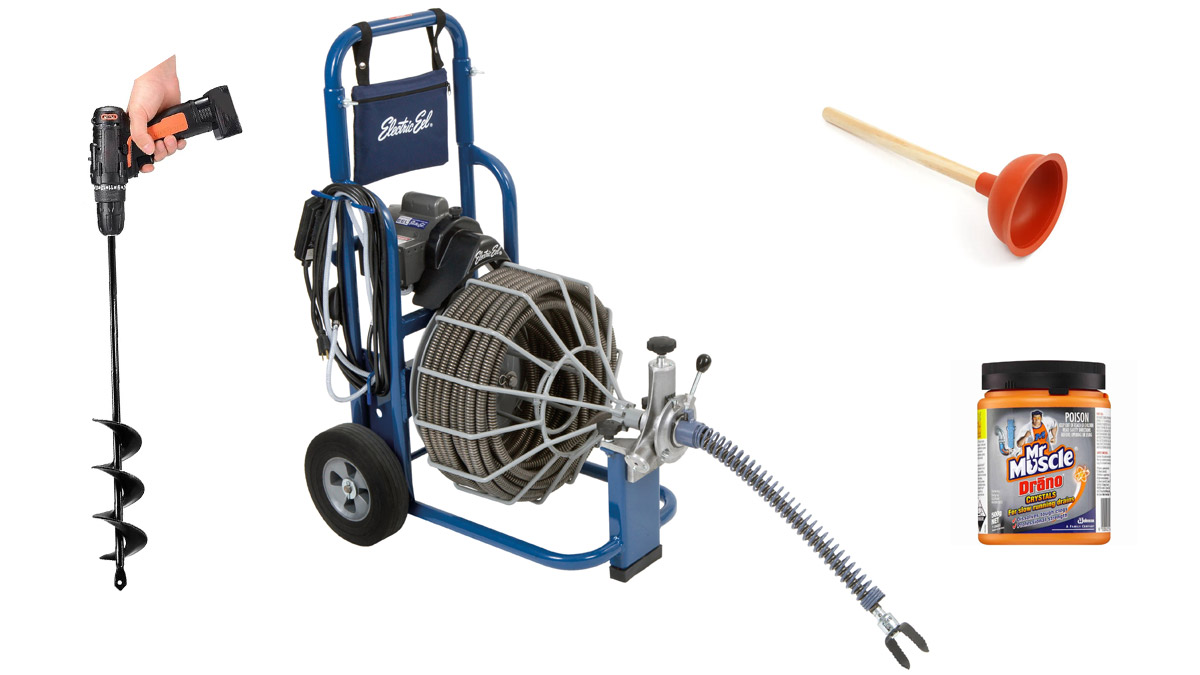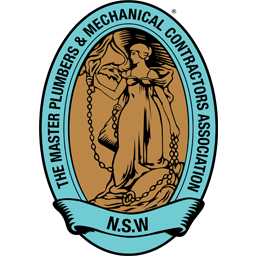Clogged drains are a universal frustration, disrupting our daily routines and sometimes leading to bigger plumbing problems. But before you call a plumber, you might be surprised at the range of drain cleaning tools available, empowering you to tackle the problem yourself. From simple plungers to heavy-duty augers, this guide will explore the different tools, their uses, and how to choose the best one for your situation. Get ready to conquer any clog with confidence!
Common Drain Clogs & How to Tackle Them
Clogged drains occur for various reasons. Hair, soap scum, grease, and even mineral build-up are just some of the more common blockages. These blockages manifest as slow-draining water, gurgling sounds, and unpleasant odours.
Fortunately, solutions exist. Simple clogs often respond well to DIY drain-clearing methods. These methods include using a plunger or a drain snake. More severe clogs might require professional intervention. Plumbers utilise specialised tools like motorised augers.
This guide will equip you to identify the cause of your clogged drain. We’ll then explore the appropriate tool for the job.
Drain Cleaning Tools: Choosing the Right Weapon for Your Clogged Drain Battle
Navigating the world of drain cleaning tools can feel overwhelming, but understanding your options is key to conquering any clog. This section breaks down common tool types, highlighting their pros and cons, outlining their ideal usage scenarios, and providing helpful tips for effective and safe usage.
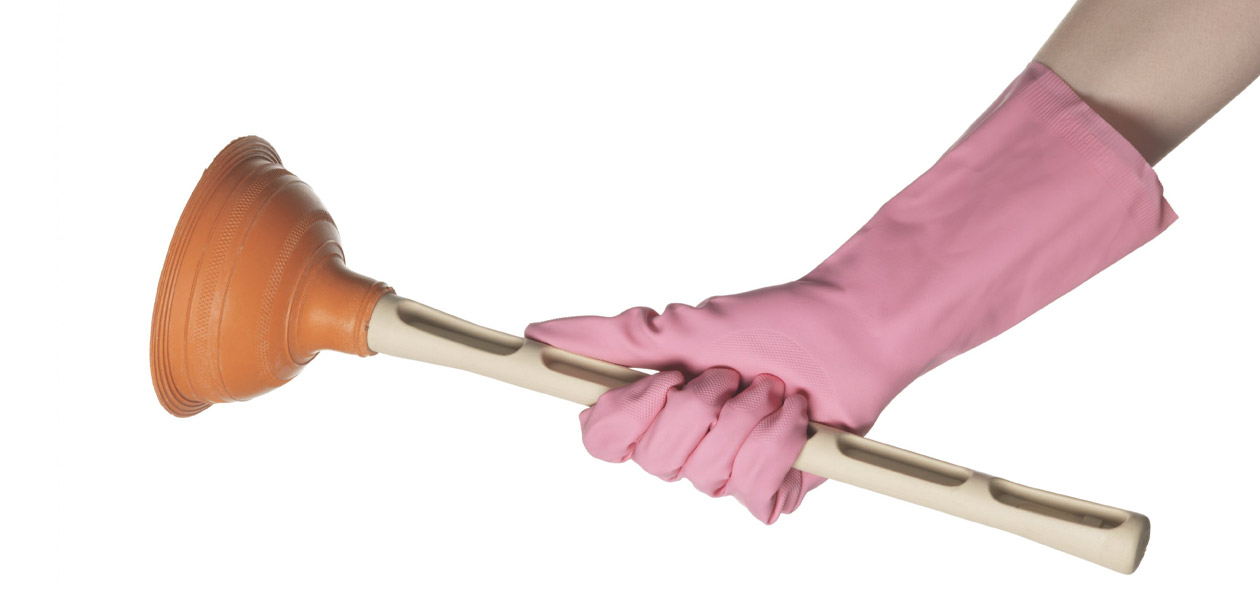
1. Plungers: The First Line of Defence
Description: Plungers work by creating pressure to dislodge blockages. They come in two main types: cup plungers (ideal for sinks and bathtubs) and flange plungers (designed for toilets).
Materials: Typically made from rubber.
Price Range: $5 – $20
Pros: Inexpensive, readily available, and easy to use. Effective for simple clogs close to the drain opening.
Cons: Can be messy, may not work for deep clogs or stubborn blockages.
DIY Tips: Create a good seal around the drain opening before plunging. Push and pull vigorously for best results.
Safety Precautions: Ensure there is enough water in the sink or tub to cover the plunger cup for a proper seal.
Recommended Use: Slow-draining sinks and bathtubs, minor toilet clogs.

2. Drain Snakes: The Flexible Warriors
Description: Drain snakes, also known as plumbing snakes, are flexible tools that snake through pipes, breaking up clogs. They are available in various lengths and materials, some even featuring hooks or brushes for enhanced cleaning.
Materials: Typically made of flexible metal cable.
Price Range: $10 – $50
Pros: Effective for reaching deeper clogs, can handle hair and other debris effectively, relatively inexpensive.
Cons: Can be difficult to manoeuvre in tight spaces, may not be effective for very hard or compacted clogs.
DIY Tips: Feed the snake into the drain slowly and rotate it to break up the clog.
Safety Precautions: Wear gloves to protect your hands.
Recommended Use: Clogged shower drains (especially hair-related clogs), sinks with deeper blockages, bathroom sinks.
Dylan Attard, licensed plumber at True Flow Plumbing and Drains provides this expert tip: “Not many people know about ‘Zip it’ drain cleaners but they are a good DIY cleaning tool when you have hair stuck down a drain. You can find them on Amazon or in some hardware stores, they are cheap and can be worth a try.”
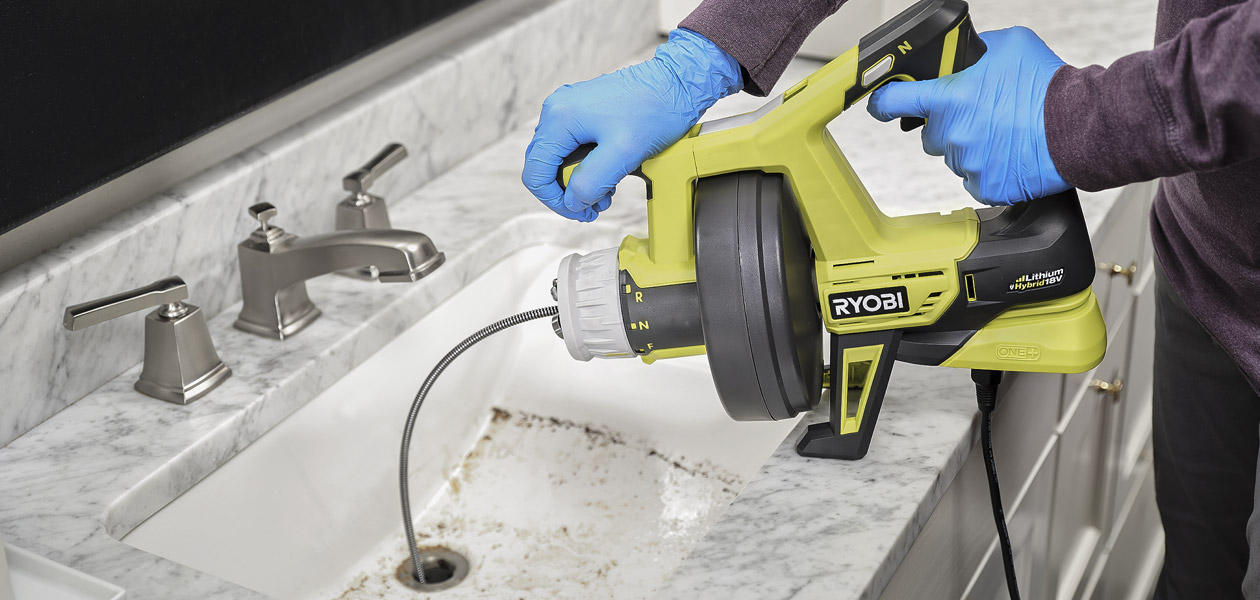
3. Augers: The Heavy Artillery
Description: Augers are heavy-duty tools, often motorised, designed to power through the most stubborn clogs. They use a rotating spiral head to drill into the blockage.
Materials: Made of sturdy metal with a powerful motor (for motorised versions).
Price Range: $50 – $500+ (motorised versions are more expensive)
Pros: Highly effective for serious clogs, can clear blockages that other tools can’t handle.
Cons: Can be expensive, often requires professional expertise to use effectively, may damage pipes if not used correctly.
DIY Tips: Motorised augers are best left to professionals. If using a manual auger, feed it carefully and rotate to break up the clog.
Safety Precautions: If using a motorised auger, wear eye protection and ensure the area is clear of obstructions.
Recommended Use: Severe clogs that have not responded to other methods, blockages deep within the plumbing system, typically used by professional plumbers.
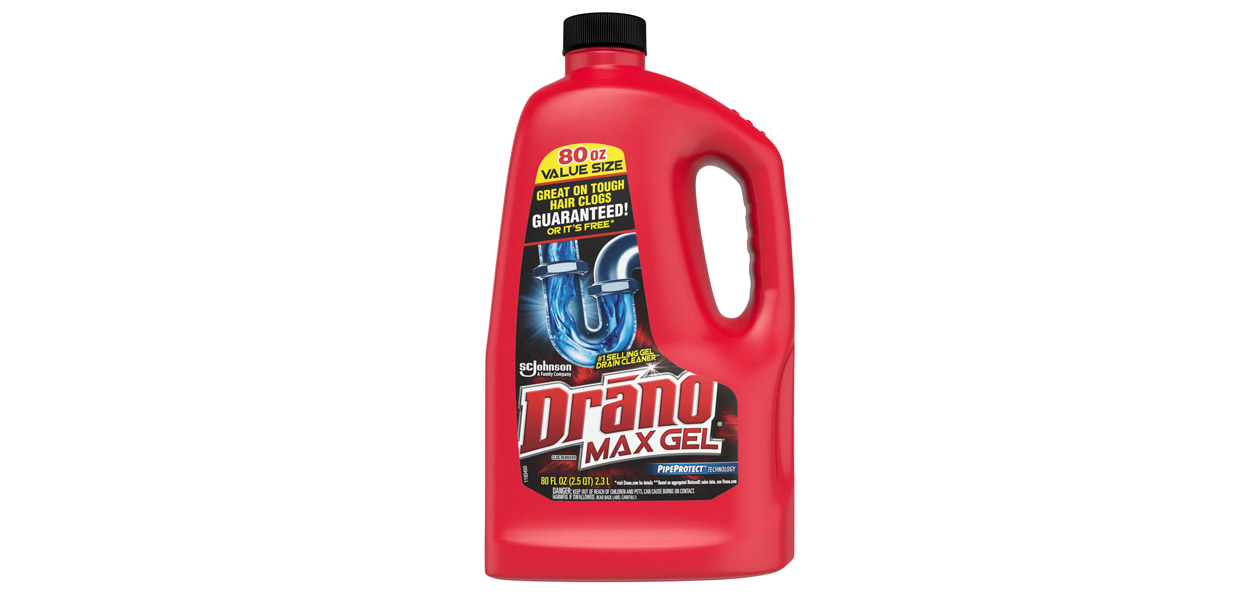
4. Chemical Drain Cleaners: The Last Resort
Description: Chemical drain cleaners use harsh chemicals to dissolve clogs.
Materials: Contain strong chemicals, often in liquid or gel form.
Price Range: $5 – $20
Pros: Can be effective for dissolving grease and soap scum, readily available.
Cons: Can damage pipes with repeated use, pose environmental hazards, not always effective for hard blockages, potential safety hazard if mishandled.
DIY Tips: Use only as directed on the product label. Never mix different chemical cleaners.
Safety Precautions: Wear gloves and eye protection. Ensure good ventilation in the area. Keep out of reach of children. Never pour chemical drain cleaners into a toilet.
Recommended Use: As a last resort when other methods have failed, use with caution and only as directed.
Beyond DIY: More Help for Stubborn Clogs
While this guide equips you to tackle common drain clogs, some situations might require professional help. If you’re facing a recurring clog, a clog deep within your plumbing system, or if DIY methods prove ineffective, it’s best to call a licensed plumber who specialises in blocked drain repairs.
For further information and resources, consider exploring:
- DIY plumbing websites and forums: These platforms offer a wealth of information, tips, and troubleshooting guides.
- Informational videos: Search for instructional videos online to gain a visual understanding of different drain cleaning techniques.
Remember, a little preventative maintenance can go a long way. Avoid pouring grease down the drain, use drain screens to catch hair, and consider periodic cleaning with baking soda and vinegar to prevent clogs from forming in the first place.
